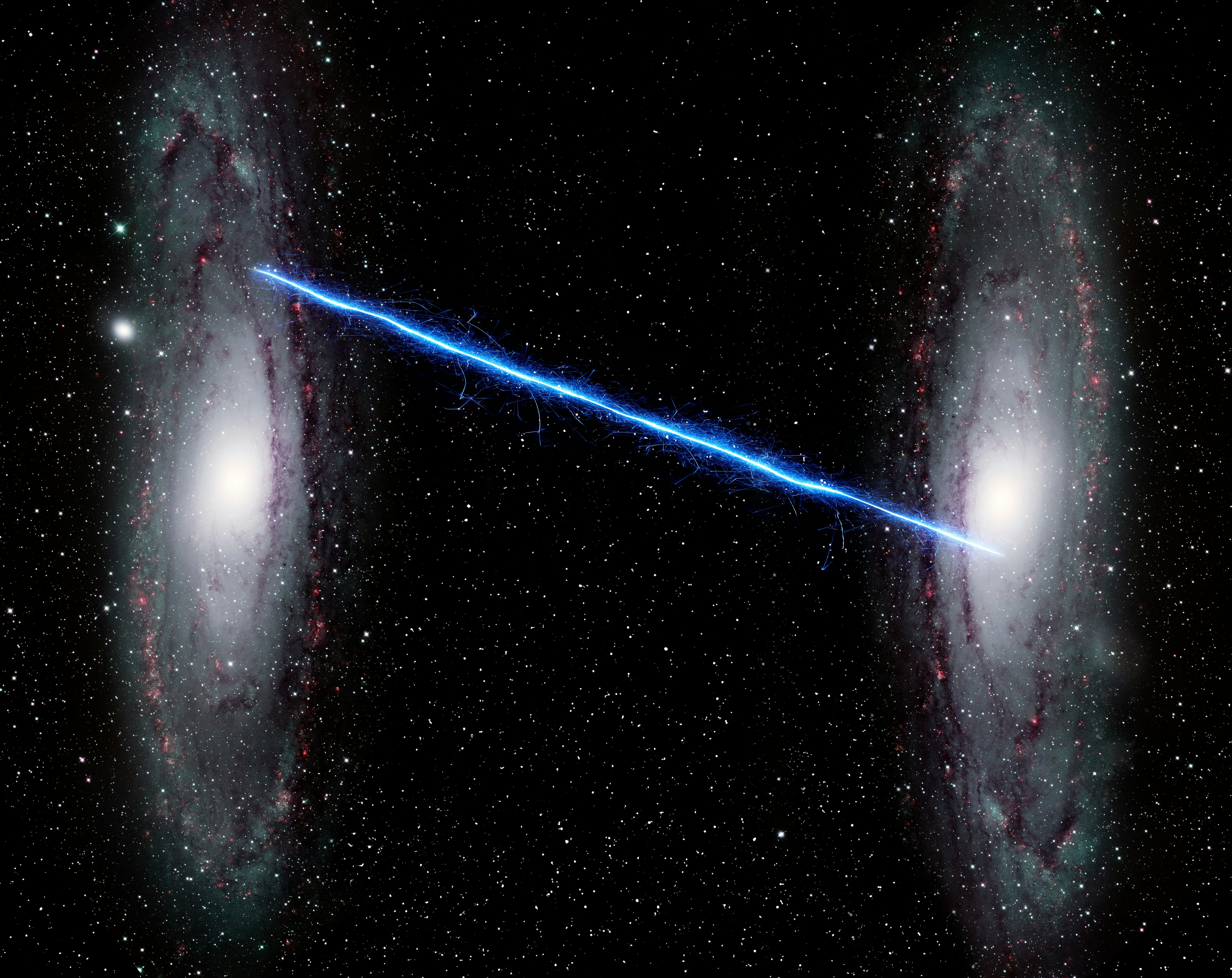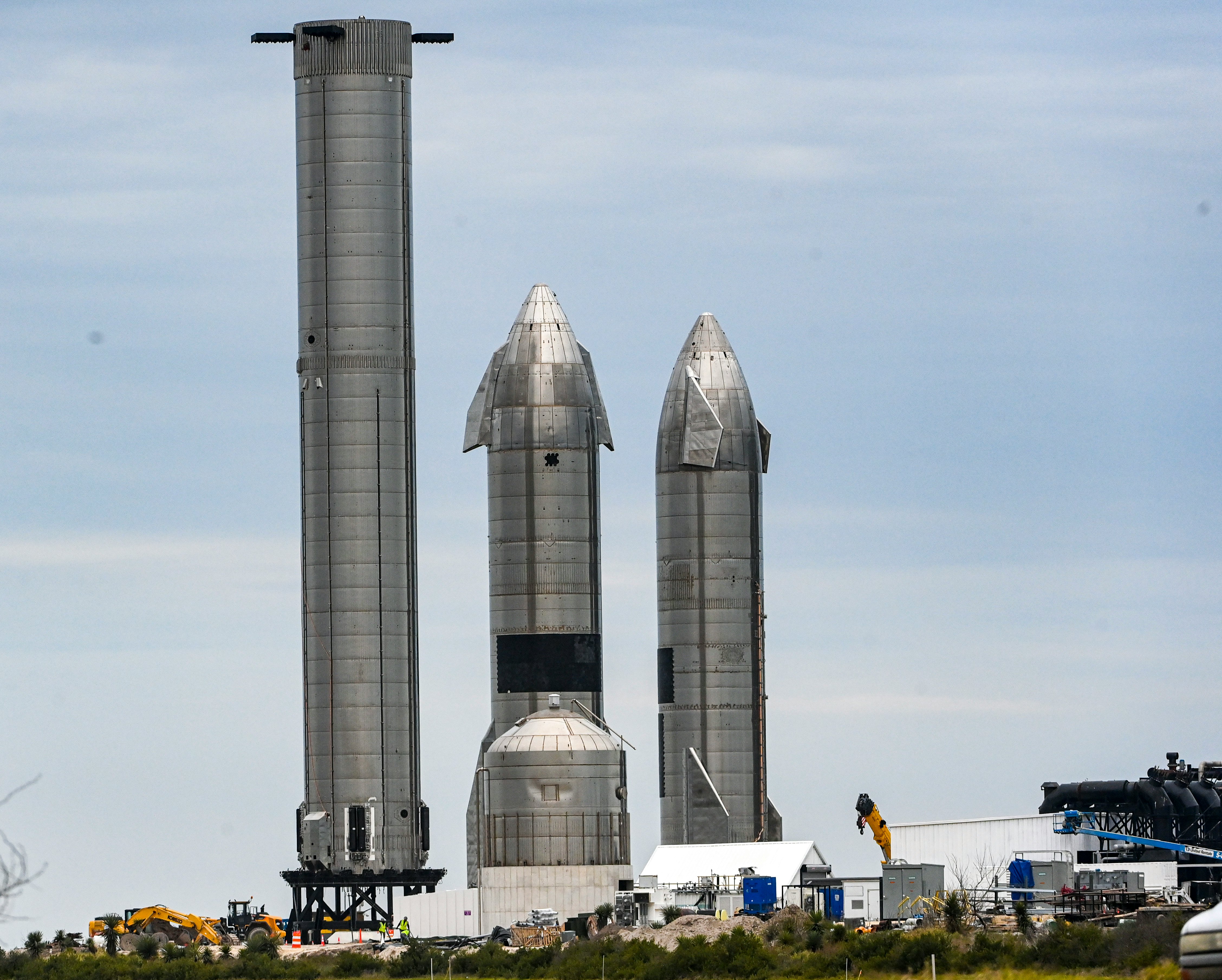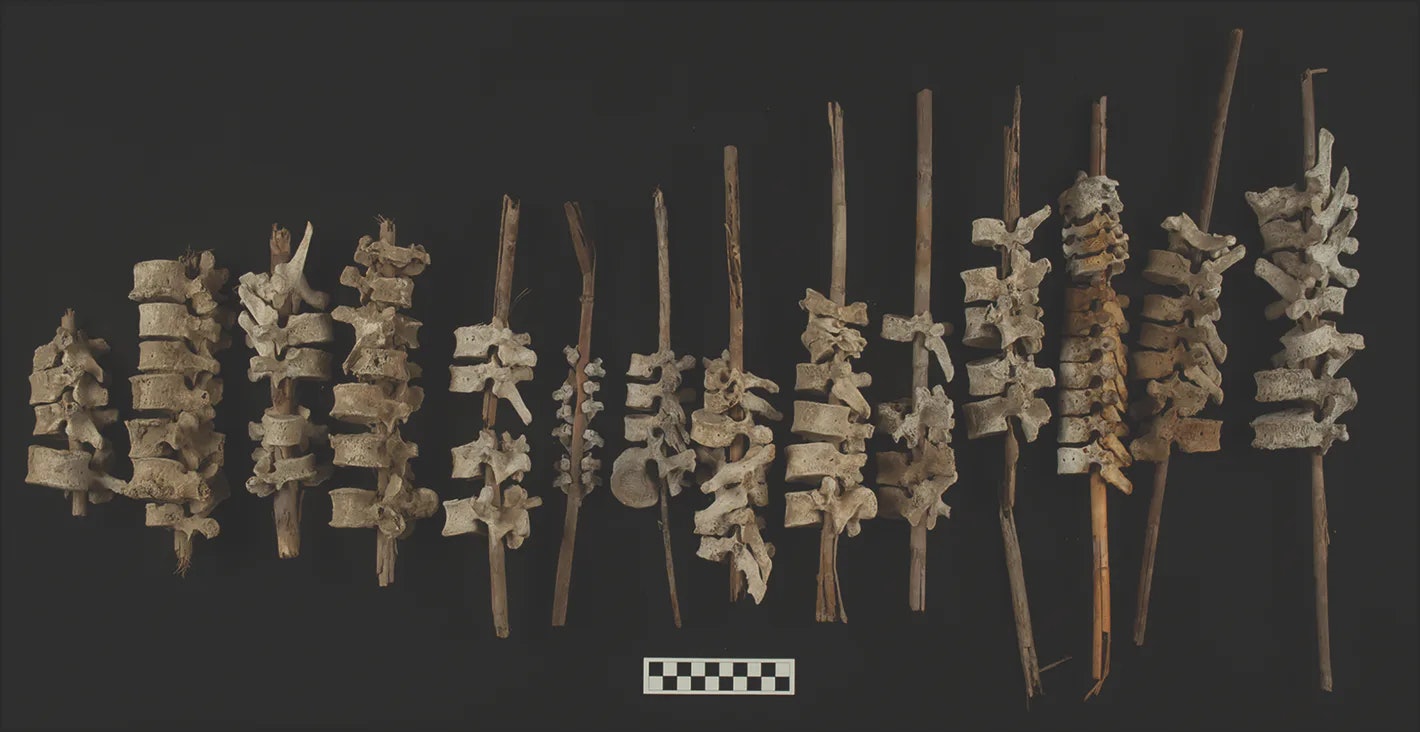
Inverse Daily readers are ready for invasion. In response to last week’s prompt asking what aliens look like, many readers wrote that aliens look just like us. However, David G. thinks that aliens look like “fungi” breathing through “blade-shaped gills,” and Ken M. imagines them to be “non-sentient” with “single and multicellular varieties.” Whether aliens are human clones or “nothing like we’ve ever imagined,” as reader Gregg wrote, new research indicates that they might love space travel.
Discover how events between close stars could indicate road-tripping aliens in today’s newsletter, where you’ll find additional stories about history and health. And thank you for sharing your alien ideas with us — be assured that this newsletter comes in peace.
This is an adapted version of the Inverse Daily newsletter for Tuesday, February 15, 2022. Subscribe for free and earn rewards for reading every day in your inbox. ✉️

This one celestial event could reveal advanced alien life
Finding aliens is hard, especially because they might be jetting between star systems. Inverse space writer Passant Rabie writes that “for a very advanced alien civilization,” interstellar travel would be “not only [...] possible but also necessary.” Arguably, star system-hopping is necessary even in our own Solar System since our “Sun will eventually run out of hydrogen and dim, making it impossible to sustain life on the planets around it,” writes Rabie.
Though our technology isn’t mature enough to go beyond the Sun, if it was, we’d have options. “For humans considering a future interstellar trip, one of the closest destinations to Earth is Proxima Centauri,” writes Rabie. “The red dwarf star is located 4.2 light-years away from Earth.” Though humans aren’t able to make the journey, researchers are interested in discovering aliens that are.
A recent study looks at 16 pairs of stars with 132 close passage events, moments “when two stars come within a close distance of one another,” writes Rabie. In the paper, researchers “narrow down eight stars as the most likely candidates for detecting these types of alien migration events, with two in particular (GJ 433 and HR 858) as being most ideal for hosting planets.” It’s not proof, but it could be a start.
Protect your chest: This ‘Alien’ knockoff spawned a monstrous sci-fi trend

Elon Musk claims his rocket will reach orbit in 2022
SpaceX’s Starship has dominated dreams and whispers of interplanetary travel since the project’s announcement in 2016. Though Starship’s milestones have been sparse (the trek to putting the first humans on Mars — a place that might not even be hospitable — is unsurprisingly difficult), Elon Musk recently gave a rare public presentation on the rocket.
Some highlights from the presentation include Musk’s claim that Starship will use “the world largest heat shield” as landing protection (NASA’s Perseverance rover reached around 2,400 degrees Fahrenheit when it landed on Mars) and that its Raptor engine will be incredibly powerful. Although currently, “the engine’s chamber is under such intense heat it’s likely to melt at any point,” writes Inverse editor Mike Brown.
A Starship presentation in itself is good news for spacefaring hopefuls, but Starship won’t be going anywhere until the Federal Aviation Administration completes its environmental assessment of its intended Texas launch site. The assessment is scheduled to wrap on February 28, 2022, but Musk isn’t too worried.
“If SpaceX encounters issues in the assessment, Musk noted that the company has already received approval to fly Starship out of Cape Canaveral instead,” writes Brown.
Wishful thinking: A city on Mars could descend into cabin fever

Ancient Peruvians used human remains to defy colonialism
“At first, the reeds festooned with human vertebrae and skulls seemed too macabre to be anything more than a sick joke,” writes Elana Spivack. “When archaeologist Jacob Bongers and his team came across the strange sight in Peru’s Chincha Valley, they chalked it up to looters who had come before, disturbed ancient tombs in the area, and left the reeds as a calling card.”
But as the team furthered its research on the mysterious knobs of bone, it came to a different conclusion. “By calculating the approximate age of the bones and reed posts,” writes Spivack, “Bongers hypothesizes the posts may have been created by indigenous people in an effort to reconstruct the bodies of ancient Peruvians, who once laid in tombs looted by Spanish colonizers.”
The old bones date back to 1520 and 1550 C.E., “while the reeds come from a later era, between 1550 and 1590,” writes Spivack, supporting the theory that the bones come from disturbed remains, not fresh kills. But Bongers has other explanations for the age gap, too, like maybe they were ceremonial rattles or trophies.
More of that energy: This Red Planet colonization startup is officially bankrupt

Monkey study reveals a troubling link between natural disasters and aging
Extreme stress might feel like it ages you emotionally, but did you know it might age your genes, too? A new study in the journal Proceedings of the National Academy of Sciences looks at genetic changes in rhesus macaque monkeys living in the Puerto Rican island Cayo Santiago after Hurricane Maria tore through the area.
“They found that adult macaques that lived through Hurricane Maria experienced accelerated aging, showing changes in their DNA corresponding with monkeys two years older than them,” writes Tara Yarlagadda. “When scaled to humans' current average lifespan, that difference in gene expression translates to a whopping seven to eight years of human life.”
According to the study, “the peripheral immune system is altered following an extreme adverse event,” and that idea is especially troubling considering environmental damage is what put these monkeys under chronic stress.
Do you really want to live forever?: A major breakthrough could dramatically extend human life

About this newsletter: Do you think it can be improved? Have a story idea? Want to share a story about the time you met an astronaut? Send those thoughts and more to newsletter@inverse.com.
- On this day in history: Influential American physicist Richard P. Feynman died on this day in 1988. He was widely regarded to be one of the most brilliant minds of post-World War II physics, (somewhat depressingly) becoming one of the youngest group leaders to work on the Manhattan Project in the mid-1940s and receiving the Nobel Prize in 1965.
- Song of the day: “Atomic Bomb,” by William Onyeabor.







